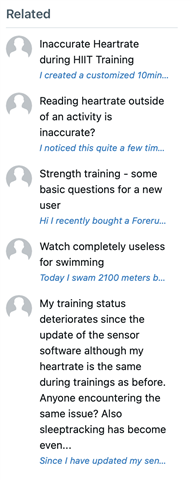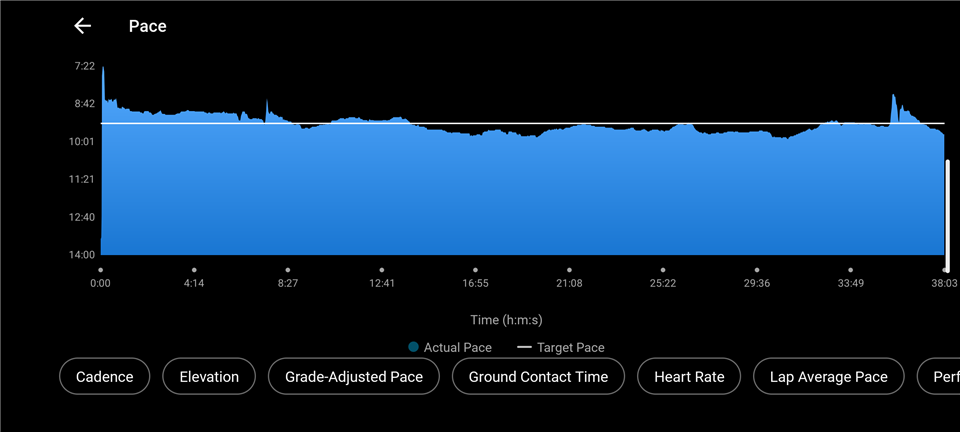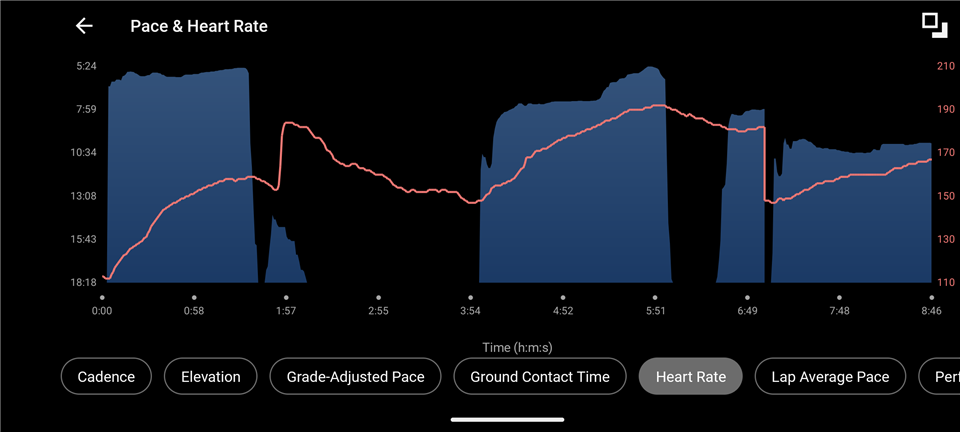I got my Forerunner 265 about a year ago and I have loved almost everything about it. I love the touch interface, the AMOLED screen, sleep analysis, training readiness, etc. But I have been trying to use it to track my training and the heartrate is so inaccurate that it is basically useless. Today was a good example, I just wanted to go for a 40 minute run on my lunch break. I took the watch off, cleaned the sensor, strapped it snuggly on my wrist in the suggested spot and headed out on a run. My goal was to get some good Zone 2 progress. Instead one minute into my run, I glance down and I'm in zone 5. I check my heart rate manually and I'm actually in zone 1. I let the watch calm down and try again. Same thing. I do this for two miles. I eventually discard the run because it's so crazy. But now I've run 2 miles that won't be recorded. Not the end of the world. But my lunch break is almost over so I try again. Basically the same deal. I keep stopping to let my watch try to get in sync with reality, but by the time I'm done my watch now thinks I was doing an interval workout. Having gone through this frustrating process a few times, my mileage, my load focus, my max heart rate, my training load, basically everything are now all out of whack. Can't get good heart rate data running, biking, rowing, or stair climbing






 More data.
More data.